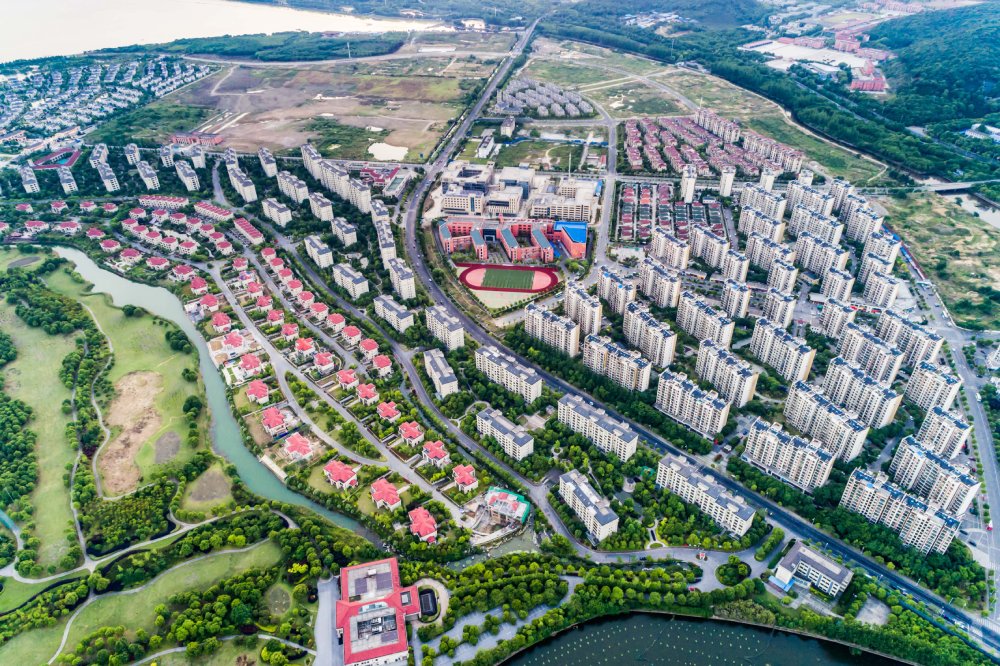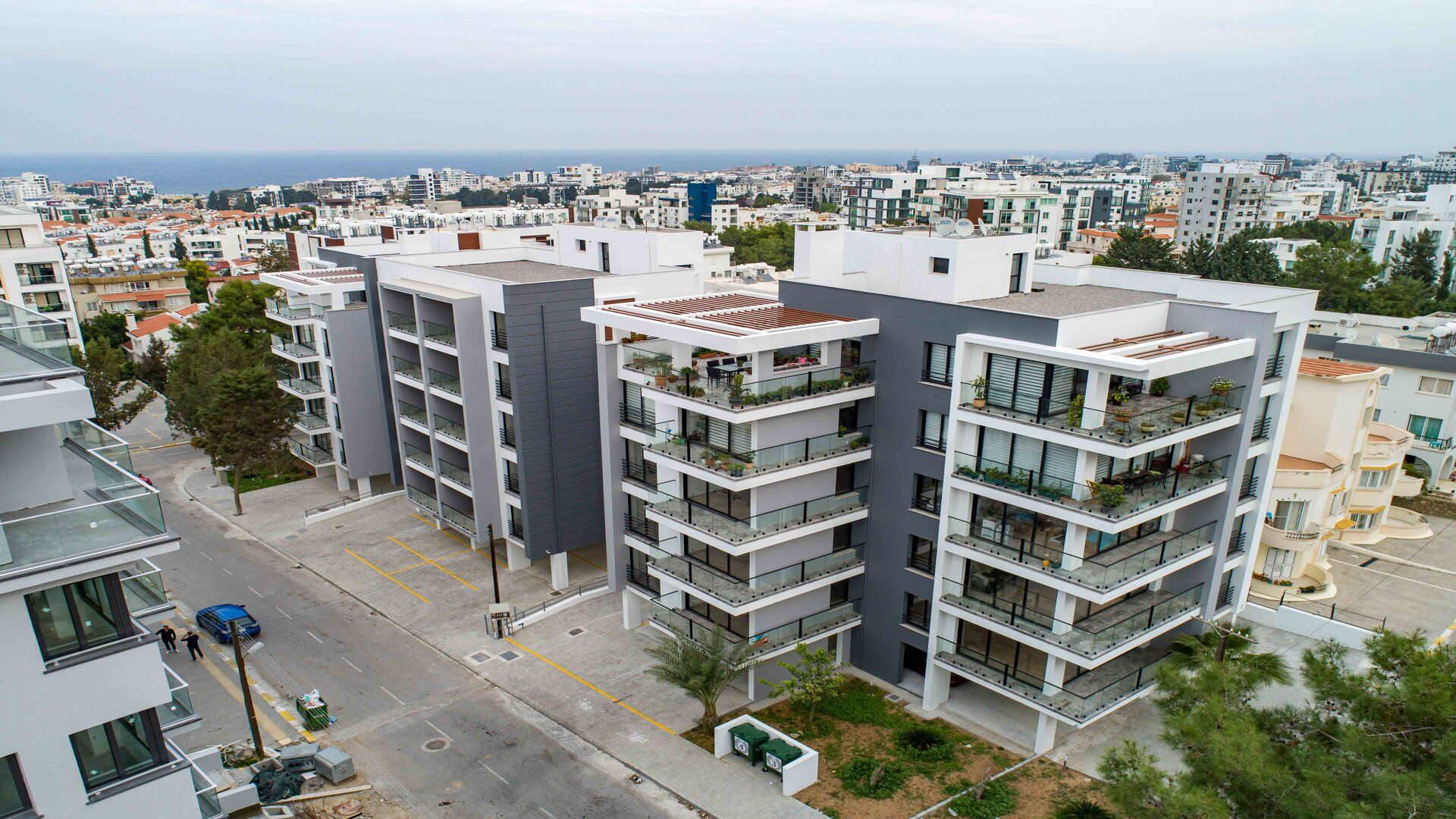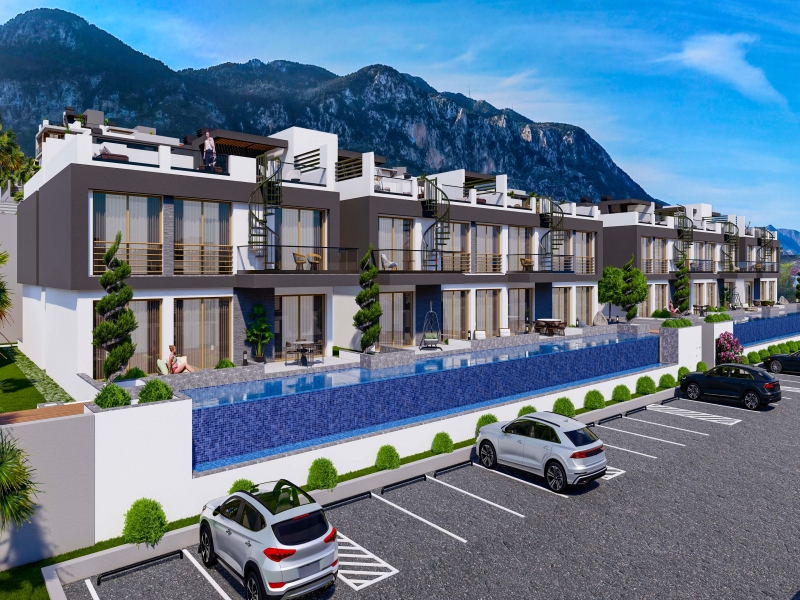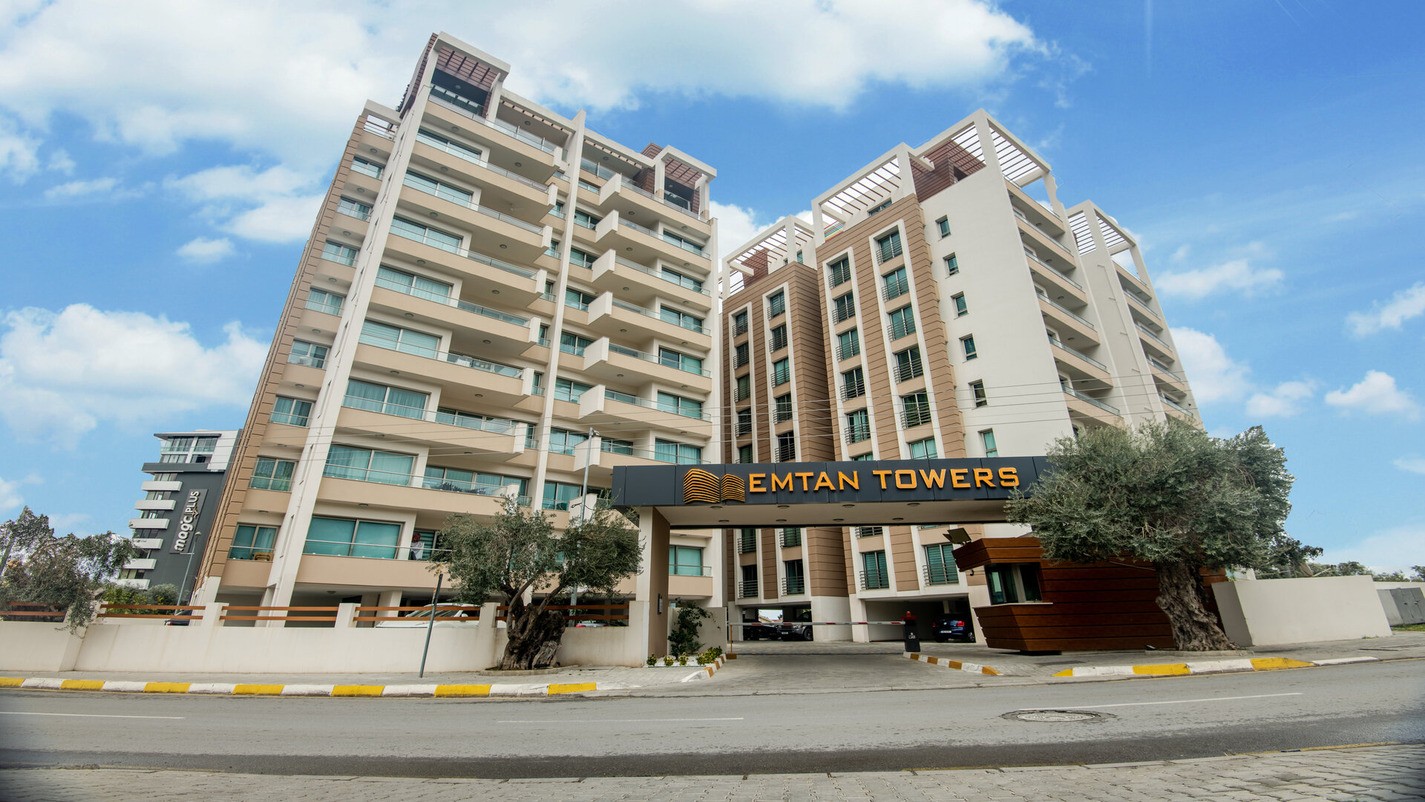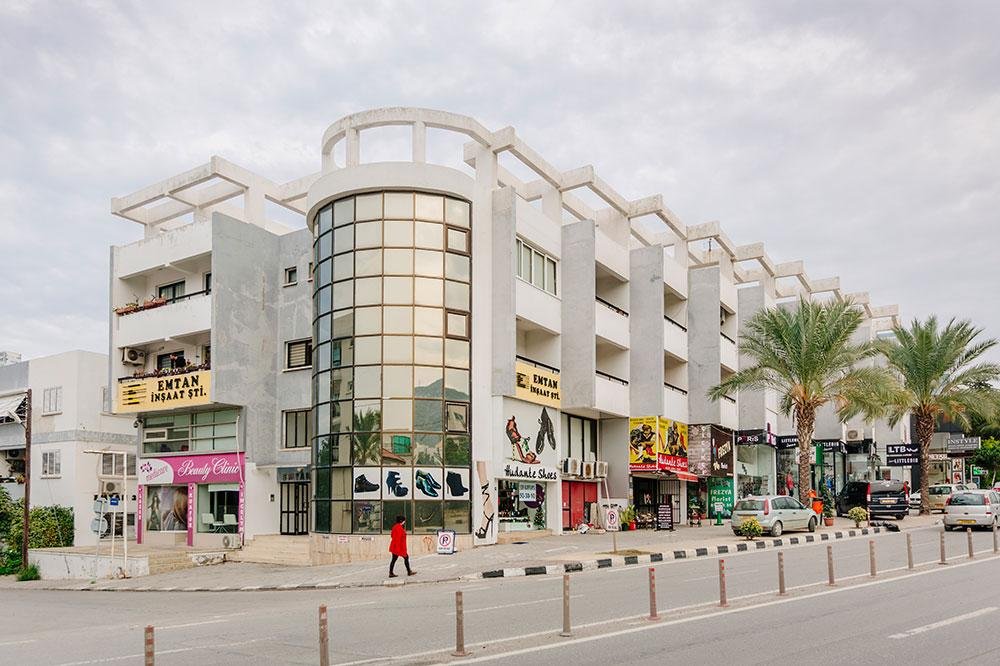What is Reinforced Concrete?
Reinforced concrete is an important building material in the construction industry known for its extraordinary strength and durability. It is created by combining concrete with reinforcement materials such as steel bars or fibers, resulting in a composite material that can withstand heavy loads and various environmental conditions.
Why is it preferred?
Reinforced concrete is preferred over other construction materials for several basic reasons. Its high strength-to-weight ratio makes it ideal for supporting large structures and heavy loads, providing structural stability and long life. In addition, its versatility allows for complex designs and architectural innovations, making it a favorite among both engineers and architects.
What are the Types of Reinforced Concrete?
1) Steel Reinforced Concrete
This type of reinforced concrete includes steel bars, also known as rebar, in the concrete mixture. Steel reinforcement increases the tensile strength of the concrete, making it suitable for applications where flexibility and durability are crucial.
2) Fiber-Reinforced Concrete
Fiber-reinforced concrete uses various types of fibers, such as glass, synthetic, or steel fibers, to enhance the properties of concrete. These fibers increase crack resistance, impact resistance, and overall durability, making the concrete more resistant to wear and tear.
3) Prestressed Concrete
Prestressed concrete is produced by pre-stressing the reinforcement before the concrete sets. This pre-stressing process compresses the concrete, increasing its load-carrying capacity and reducing the potential for cracking under heavy loads. Prestressed concrete is often used in bridges, high-rise buildings, and other structures that require exceptional strength and stability.
What are the Advantages of Reinforced Concrete?
1) Strength
Reinforced concrete offers exceptional compressive and tensile strength, making it suitable for supporting heavy loads and withstanding structural stresses over time. This strength is essential to ensure the safety and longevity of buildings and infrastructure.
2) Economical
While the initial cost of using reinforced concrete is higher than some alternative materials, the long-term economic benefits far outweigh this initial investment. Reinforced concrete structures require minimal maintenance and repairs compared to other materials, reducing lifecycle costs and offering great value for money.
3) Durability
Reinforced concrete structures exhibit exceptional durability and strength, even in harsh environmental conditions. They resist corrosion, weathering and exposure to chemicals, resulting in a longer lifespan and minimal deterioration over time.
4) Versatility
One of the key advantages of reinforced concrete is its versatility in construction. It can be molded into a variety of shapes and sizes, allowing for creative architectural designs and structural configurations. This versatility makes it a preferred choice for a wide range of projects, from residential buildings to bridges and dams.
5) Fire Resistant
Reinforced concrete is inherently fire resistant, providing a crucial safety feature in buildings and structures. Unlike some other materials, reinforced concrete does not burn or contribute to the spread of fires, helping to contain and minimize fire damage.
Reinforced Concrete Applications
Reinforced concrete is widely used in a variety of applications in the construction industry, including:
Buildings: From residential buildings to office complexes, industrial facilities and high-rise towers, reinforced concrete is a key material in building construction. Its strength, durability and fire resistance make it ideal for supporting multi-story structures and ensuring the safety of building occupants.
Bridges and Infrastructure: Reinforced concrete bridges are vital components of transportation infrastructure that can withstand heavy traffic loads and environmental stresses. They are also used in the construction of tunnels, highways and airport runways that provide critical infrastructure for travel and commerce.
Water and Wastewater Treatment Plants: Reinforced concrete’s durability and chemical resistance make it suitable for the construction of water treatment plants, reservoirs and sewage systems. It can withstand exposure to water, chemicals and biological agents, ensuring the integrity of these essential facilities.
Dams and Hydraulic Structures: Reinforced concrete plays a vital role in the construction of dams, reservoirs and hydroelectric power plants. Its ability to withstand water pressure and environmental forces makes it indispensable for water resources management and energy production projects.
Coastal and Marine Structures: Reinforced concrete provides the necessary durability and corrosion resistance in coastal areas where structures are exposed to salt water, waves and marine life. It is used for protection in sea walls, ports, offshore platforms and marine terminals.
